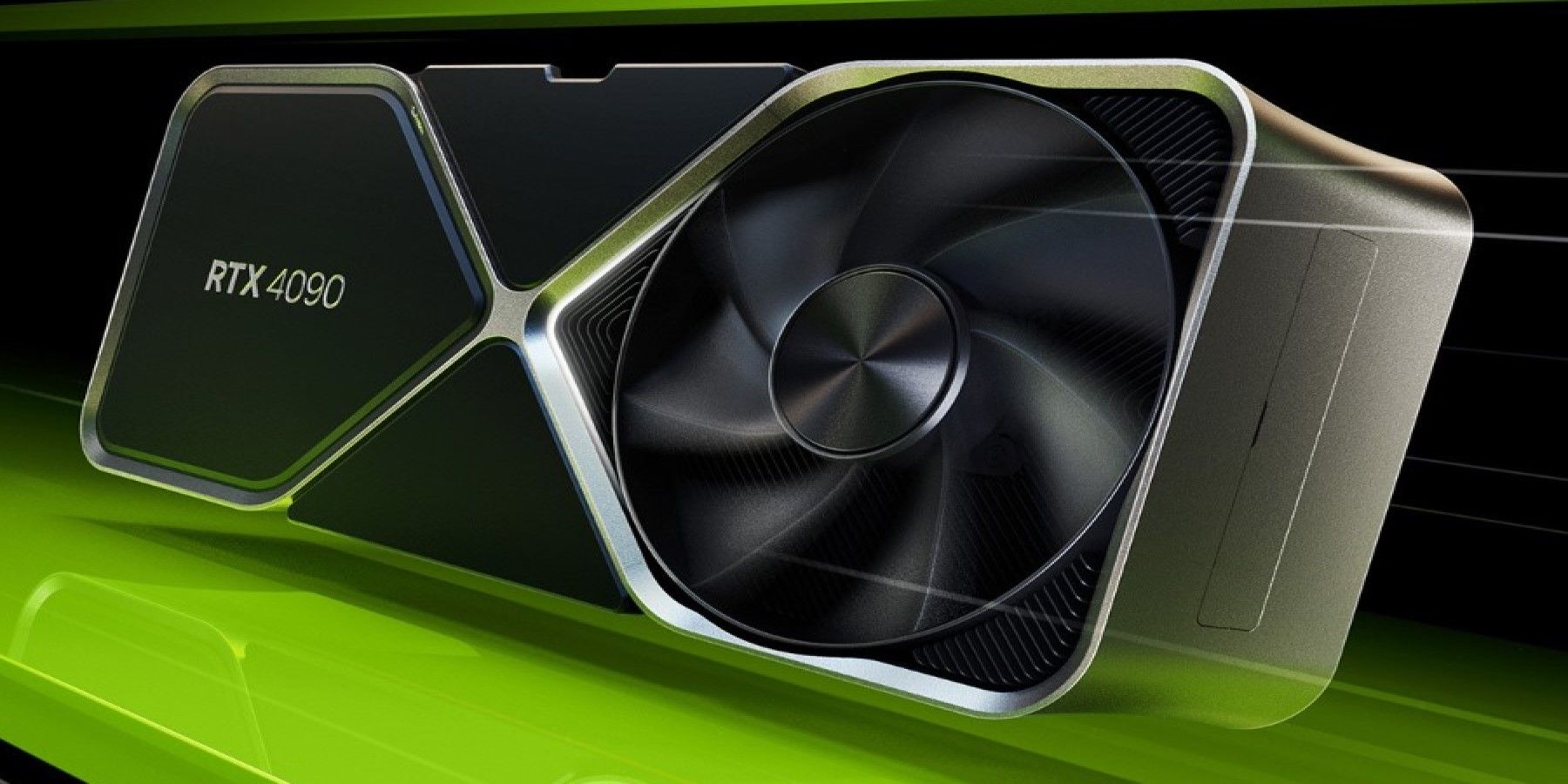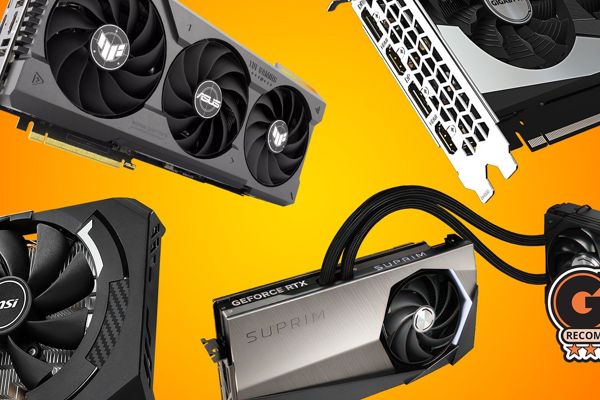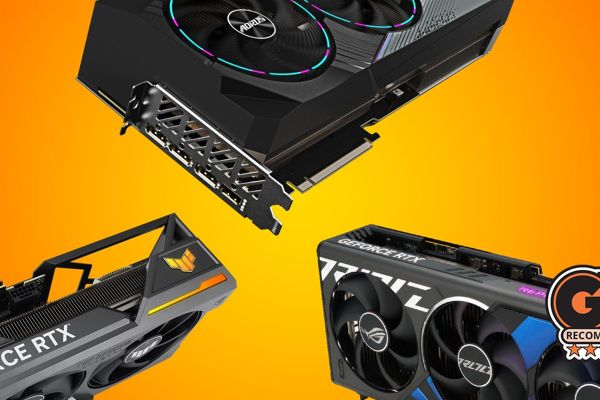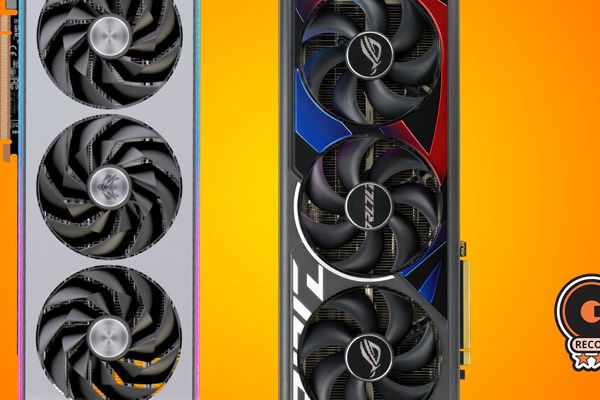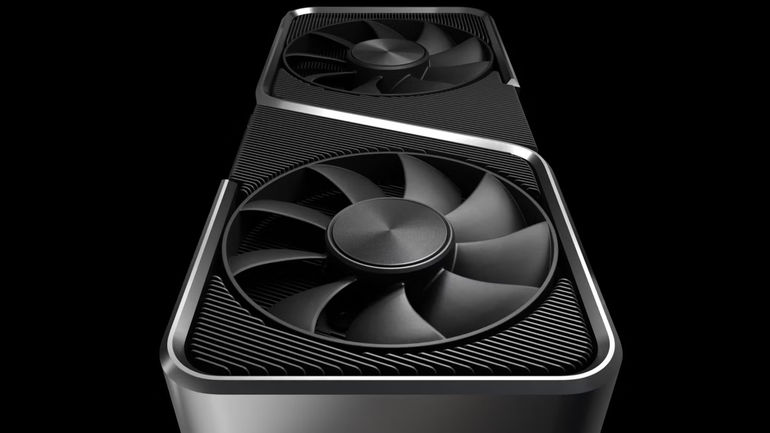
According to a trusted PC tech insider, the upcoming NVIDIA and AMD GPUs with GDDR7 memory may feature 16 GB dies or even larger. If these specifications hold true, the new GDDR7 graphics cards from NVIDIA and AMD could deliver exceptional performance in demanding PC games in the future.
Despite facing tough competition from AMD's Radeon RX 7800 XT and 7900 GRE cards, NVIDIA remains the top player in the PC gaming market. NVIDIA's GeForce RTX graphics cards are highly sought after by both gamers and professionals, thanks to their superior ray tracing capabilities and support for technologies like DLSS 3.0. On the other hand, AMD continues to make strides with its own technologies and solutions, such as FidelityFX Super Resolution 3.0 and HYPR-RX. The next-generation GPUs from NVIDIA and AMD could see improvements in memory bandwidth and larger memory capacities per die, benefiting both companies.
NVIDIA and AMD First Gen GDDR7 GPU Bandwidth and Memory Estimates
As per a report by Wccftech, a tech insider known as kopite7kimi has revealed that the initial GDDR7 GPUs from NVIDIA and AMD will feature 16 GB dies with a minimum of 2 GB of VRAM per module. This represents a significant upgrade from the GDDR6 GPUs, which debuted with 8 GB dies and 1 GB of VRAM per module. The introduction of GDDR7 suggests that upcoming NVIDIA and AMD GPUs could offer more VRAM across their entire range compared to previous models such as NVIDIA's RTX 4060 Ti and AMD's RX 7600. It's important to note that the first batch of GDDR7 GPUs may have similar memory configurations to current-generation GPUs initially, as the manufacturing process may require some time to mature and enhance.
Twitter article posted by 3DCenter.org
128-bit @ 32 Gbps: 512 GB/s (8 GB)
192-bit @ 32 Gbps: 768 GB/s (12 GB)
256-bit @ 32 Gbps: 1024 GB/s (16 GB)
320-bit @ 32 Gbps: 1280 GB/s (20 GB)
384-bit @ 32 Gbps: 1536 GB/s (24 GB)
512-bit @ 32 Gbps: 2048 GB/s (32 GB)
Leading the way for GDDR7 are chip manufacturers Samsung and Micron. It is anticipated that NVIDIA and AMD GPU dies with a capacity of 24 GB or more will be introduced. However, it might require another generation or a significant upgrade, such as NVIDIA's RTX 40 Super graphics cards, for the public to access higher memory configurations. For instance, 24 GB dies could potentially support up to 3 GB of VRAM per module, while 32 GB dies could support 4 GB per module. These enhanced capabilities may be seen in new GPUs that could debut in 2026 at the earliest.
nvidia-geforce-rtx-4090-gpu-prices-coming-down-feb-2024-1 - At the very least, the future of GPUs and PC gaming looks promising if gamers are able to purchase high-performance GPUs with substantial video memory at a respectable price
The future of GPUs and PC gaming seems bright as long as gamers can buy powerful GPUs with plenty of video memory at a reasonable price. Both NVIDIA and AMD are planning to introduce significant architectural upgrades and transition to GDDR7 memory. But it's important for gamers to also have high-performance DDR5 RAM to complement their new GPUs for an optimal gaming experience.
Editor's P/S:
The advent of GDDR7 memory marks a significant leap in graphics technology, promising exceptional performance for demanding PC games. With NVIDIA and AMD expected to incorporate 16 GB dies or larger into their upcoming GPUs, the industry is poised for a major upgrade. This enhanced memory capacity will enable smoother gameplay, higher resolutions, and more detailed textures, pushing the boundaries of visual fidelity.
However, it's crucial to note that the initial batch of GDDR7 GPUs may feature similar memory configurations to current-generation models. As the manufacturing process matures, we can anticipate higher memory capacities and more efficient use of VRAM. Additionally, the availability of high-performance DDR5 RAM will complement these new GPUs, ensuring a seamless and immersive gaming experience.
